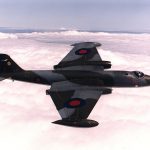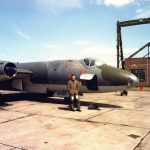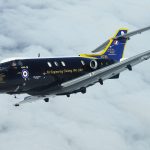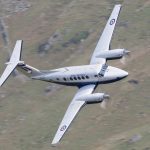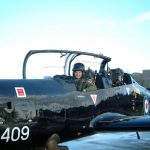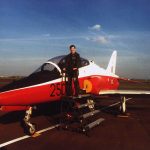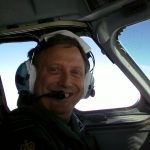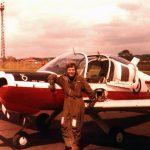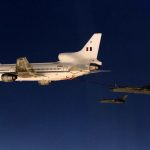General Format of the Test
See the RT Test page for links to essential study documents. The general format of the test is as follows:
- The Practical Test will involve simulating the required radiotelephony transmissions on a VFR flight between two aerodromes with a minimum of one turning point. This test will be facilitated using equipment provided by the FRTOL Examiner. The candidate and the examiner will be situated in separate rooms. Whilst this is not a test of navigation, knowledge of CAA aeronautical chart symbology is required.
- The actual route to be used will be randomly selected and identified on the day of test by the FRTOL Examiner. This will ensure candidates are not aware of the test route beforehand. FRTOL Examiners must not pre-disclose any routes to any individuals, prospective candidates or training organisations in advance.
- The candidate may choose which chart region to use, but the FRTOL Examiner will designate a route away from any areas or airfields familiar to the candidate.
- When departing from, or arriving at an airfield, the FRTOL Examiner will use generic airfield information and instructions that are not necessarily representative of that airfield and its published procedures.
- The Practical Test will be conducted at the candidate’s own pace but should not exceed the maximum flight plan time of approximately one hour. The FRTOL Examiner may choose to intervene if required to ensure all elements of the test are completed within the required time.
- A minimum of one Emergency will be examined during the ‘flight’ part of the test. Regardless of the nature of the emergency, the candidate must be briefed for the purposes of the test to transmit an emergency call in full and in the correct order.
- The FRTOL Examiner will inform the candidate that at some point during the “flight” that they will be made aware of an emergency which will remain until they are informed that the emergency no longer exists.
- During the route brief the candidate will be informed as to how they will be alerted of an emergency.
- On notification of the emergency, the candidate should initiate the required call without undue delay. It is reasonable for the candidate to collect their thoughts before transmitting but delays greater than 30 seconds before initiating the call would be considered too long.
Typical Practical Test
The route will be designed to incorporate all mandatory items listed in the flight test report. So a typical Practical Test route might resemble the following:
- Departure EGBK – Northampton Sywell – AFIS
- Destination EGNR – Hawarden – ATC with ATS surveillance
- Alternate EGCV – Sleap – AGCS
- Route EGBK – VRP BEDWORTH – VRP FRANKLY SERVICES – COSFORD – EGNR
- Note that VRP’s are East & West of the Birmingham CTR (D)
This route would include the following examination areas:
- Departure from AFIS unit
- CTR (D) Transit (Birmingham)
- UKFIS – Basic Service (Cosford) & Traffic Service (Shawbury AIAA)
- MATZ Penetration / Use of LARS (Shawbury)
- Emergency Procedures
- Direction Finding / Lost procedures
- Position Reporting – Turning Points x 2
- Arrival at ATC unit with ATS surveillance
- Destination Weather Request due to unserviceable ATIS
- Possible diversion to EGCV (AGCS) initiated on receipt of EGNR poor weather
In addition to the mandatory items, the Examiner would include a selection of questions from the optional assessment items included in SRG 2160. In this scenario, questioning areas could include:
- AGCS procedures – if no diversion made to EGCV
- ATC arrival procedures – if diverted to EGCV (inc. use of ATIS)
- ATC departure procedures (inc. conditional clearances)
- Selection of UK Flight Information Services – subject to requests made by the candidate

